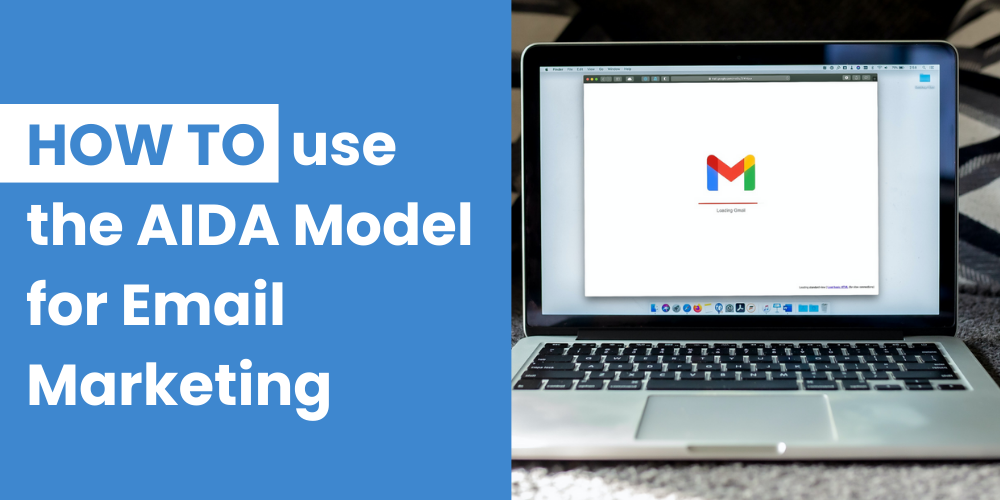What is the AIDA Email Marketing Model?
The AIDA model represents four stages in which consumers go through before making a decision to purchase a product or service. This model was created by Elias St. Elmo Lewis in the 19th century and it is still being used today.
AIDA stands for:
Attention
Interest
Desire
Action
How can the AIDA model be applied to email marketing?
Attention
For email marketing, the first thing that consumers see is the subject line. Grabbing the attention of the consumer by using a subject line that convinces them to open the email rather than send it to the trash is imperative. How do you make the subject line catchy enough to get it opened? Use these attention-grabbing ideas: urgency, relevance, personalization, offers, and curiosity.
Urgency and offers can be similarly grouped together by using words such as “urgent”, “important”, “free”, “promo”, or “alert”. Consumers can be enticed by an opportunity to earn free products or shipping or early access to a large sale. Showcasing your company’s offers using these types of phrases can draw attention.
Relevance can include personalized offers based on past activity and interests.
Personalization in an email can be as simple as adding the consumer's name into the subject line.
Curiosity, state a rhetorical question or interesting story angle, and readers may be more likely to open the email to learn more.
Keep these subject lines short and sweet by using less than 50 characters.
Interest
Once your consumers have opened the email, you need to maintain their attention with an opening paragraph that makes them want to continue reading. How do you do this? Tell stories that correlate directly to the benefits of using your product or service. Suggest solutions to your consumer’s pain points. Tap into their emotions and connect with them through storytelling. Be authentic and funny, consumers are more likely to remember and connect with a brand that can use relatable humor. Another way to keep readers interested is by stating relevant facts. Compliment your copy with statistics or quotes that relate to your company and what you are trying to sell.
Desire
Your consumers have made it halfway through the model, how do you get them to complete the final two steps? This is where you need to sell the benefits of your products or services most. How can these purchases help the consumer and aid in their relief in an area of their life? How can your company aid in relieving the consumer’s pain points and offer help? Promote your product and service in a way that is specific to their needs in a non-generic way. Phrase it with some flair that is also specific to what the product or service is.
Action
Now let's close the deal. Create and include a clear call to action (CTA) for your consumers to click on. A clear, enlarged, and colorful button where consumers can purchase. Your CTA button should be clear and include a less than five-word phrase such as “join us here”, “start your trial”, or “learn more”, etc.
Overall, the AIDA model for email marketing includes four simple components: an attention-grabbing subject line, one paragraph with a clear offer and its relevance, one short paragraph with the exclusivity of the offer, and lastly a clear-cut and colorful call to action button. As simple as that, this model can help you create more efficient, effective, and actionable email marketing campaigns.
